Disclosure: This post may contain affiliate links. I earn a small commission when you click a link and make a purchase. Thanks for supporting SewingSociety.com!
Sewing patterns have come a long way!
Gone are the days when you had to pick up a printed pattern from your fabric store… Now you can buy digital patterns online.
I still use my favorite printed patterns from Simplicity, Butterick, and Vogue, but I’ve become a major fan of indie pattern designers that sell online! Some of my favorites are Rebecca Page and Peek-a-Boo Pattern Shop.
You can browse a massive list of indie pattern companies HERE!
When you buy sewing patterns online, most come as a PDF file that you print out at home (and tape together) or take to a copy shop to print. Some designers also sell projector files — they’re awesome!
We’re going to discuss the different types of sewing patterns in this post. Each type has its pros and cons.
Printed Patterns
Printed patterns are the traditional ones that come in a paper envelope. They are printed on tissue-like paper with an included sleeve of instructions.
You can buy printed patterns online, but most people get printed patterns from their local fabric store. I try to wait until patterns go on sale for a cheap discount at JoAnn Fabric or Hobby Lobby.
Pros
- Some fabric stores have large pattern catalogs you can browse. This makes it easy to find the pattern you want.
- The tissue-like paper your pattern is printed on is easy to pin to your fabric.
Cons
- Once you cut out your pattern, you cannot choose to cut a different size — unless of course you traced your pattern on a separate sheet of paper before cutting, but that just adds an extra step. I typically cut out the largest size and fold down the edges to the size I need when I am ready to pin it to my fabric. It isn’t ideal, but that way I can save my pattern and still have any size available for use later.
- Sometimes there are so many sizes printed on the one paper that it is hard to decipher one cutting line from another.
- The instructions are usually written with minimal pictures. As such, beginners often find them difficult to follow.
- The pattern pieces are very thin and tear easily.
PDF Patterns
PDF patterns come in a file that you download. Most pattern designers include both an A4 and A0 file format for your convenience. The A4 file is designed for the common 8.5×11 size paper. The A0 file is much larger and must be printed at a copy shop. You can also get your patterns printed at PDFplotting.com.
You can choose to print the pattern instructions or view them on your computer or phone. I typically don’t print the instructions because they can be rather lengthy.
Pros
- Convenience! The biggest advantage of PDF patterns is that you get them fast! You don’t have to drive to a store or wait for them to arrive in the mail. After payment, you receive your PDF pattern download instantly that you can save on your computer.
- Most PDF patterns have separate layers. This means you can choose to print just the one size you need. This not only saves on ink for your printer, but also makes it easy to cut out your pattern without a ton of different lines intersecting and confusing you.
- You can reuse the PDF file and print it as many times as you want for personal use.
- The instructions are usually more detailed than printed patterns. Many PDF patterns come with step-by-step picture instructions and some even have sew along videos. This really helps the visual learners!
- Most PDF sewing patterns are cheaper than traditional, printed patterns. Some are even free! I’ve noticed that almost every pattern company online offers a few free patterns. This is a great way to see how they set up their patterns and if that company is a great fit for you.
Cons
- You must make sure that your printer is set up correctly and the scale is set to 100%. If the scale is off even by a little, it can ruin the sizing of your clothing. PDF patterns usually have a square you can measure on the first page that will let you know if the sizing is correct. It is strongly encouraged to first print this one page and check the measurement before continuing with the rest of the pattern.
- There is the extra step of taping your pattern together before cutting it out. Details on how to layout your printed pattern can be found in the instructions. You will have to match the notches on the end of each page and tape together. If notches don’t match up, there could have been an error in the printing.
- While the patterns are usually cheaper (or free), you still have to pay for the printer paper and ink.
Also Read: How to Store PDF Sewing Patterns
Projector Patterns
Projector patterns are the newest type of pattern. I think they’ll be more than a trend…
If a company offers projector files, they’ll be available when you purchase the PDF pattern. Projector patterns are opened in Adobe Reader, but you must make sure that your projector is calibrated correctly, and your document is set to the correct size for your calibration. The pattern is projected from the ceiling onto your fabric, and you simply cut the fabric on a cutting mat with a rotary cutter.
Pros
- You don’t have to cut out your pattern first, which saves a ton of time!
- Just like PDF patterns, many projector files come in layers so you can simply click on the size you want, which eliminates the extra lines of other sizes.
- You can reuse the pattern over and over and over. This means that you can make multiple sizes from the same pattern… and the best part again, you don’t have to cut out the pattern size first!
- Saves money on ink and paper. There is no printer needed at all.
- After all your fabric is cut, you simply follow the same pattern instructions with the colored pictures.
Cons
- Setting up a projector for sewing patterns can be a pain. Once you have your projector hung, you must calibrate it. There are many free resources online that can show you how to do this, but it just takes a bit of time. You only need to calibrate it once, unless of course you move your projector or cutting table.
- Projectors for sewing patterns can be expensive. You can always buy one second hand, but the one you need depends a lot on your sewing space.
There’s nothing wrong with using printed sewing patterns. I do it all the time… but if you haven’t tried PDF patterns or projector files yet, you need to give it a try. The realm of digital sewing patterns is constantly expanding. If you have an eye for design, you could even start your own indie pattern company without much startup cost.
Also Read: How to Read a Sewing Pattern: A Beginner’s Guide
Share this post on Pinterest!

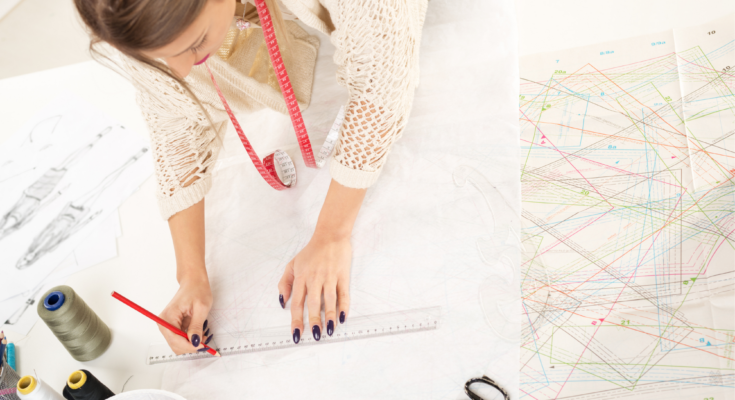
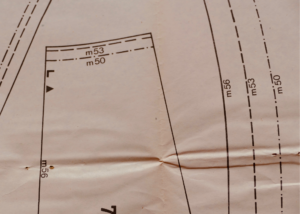
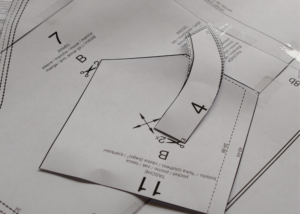
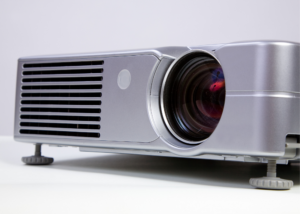
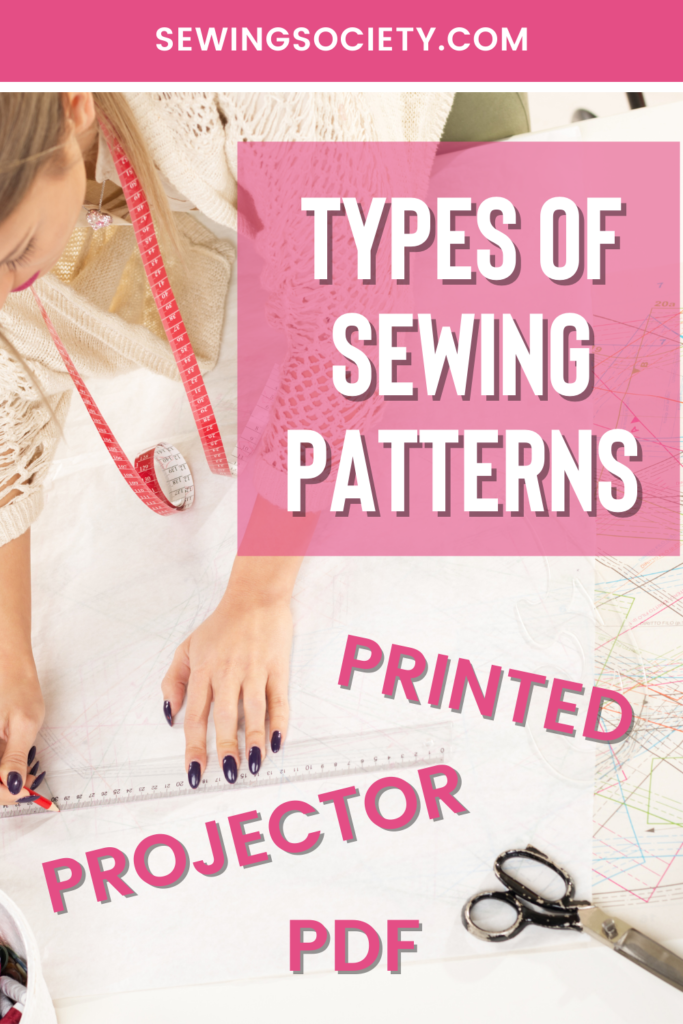



One Comment on “Which Type of Sewing Pattern Is the Best — Printed, Digital, or Projector?”